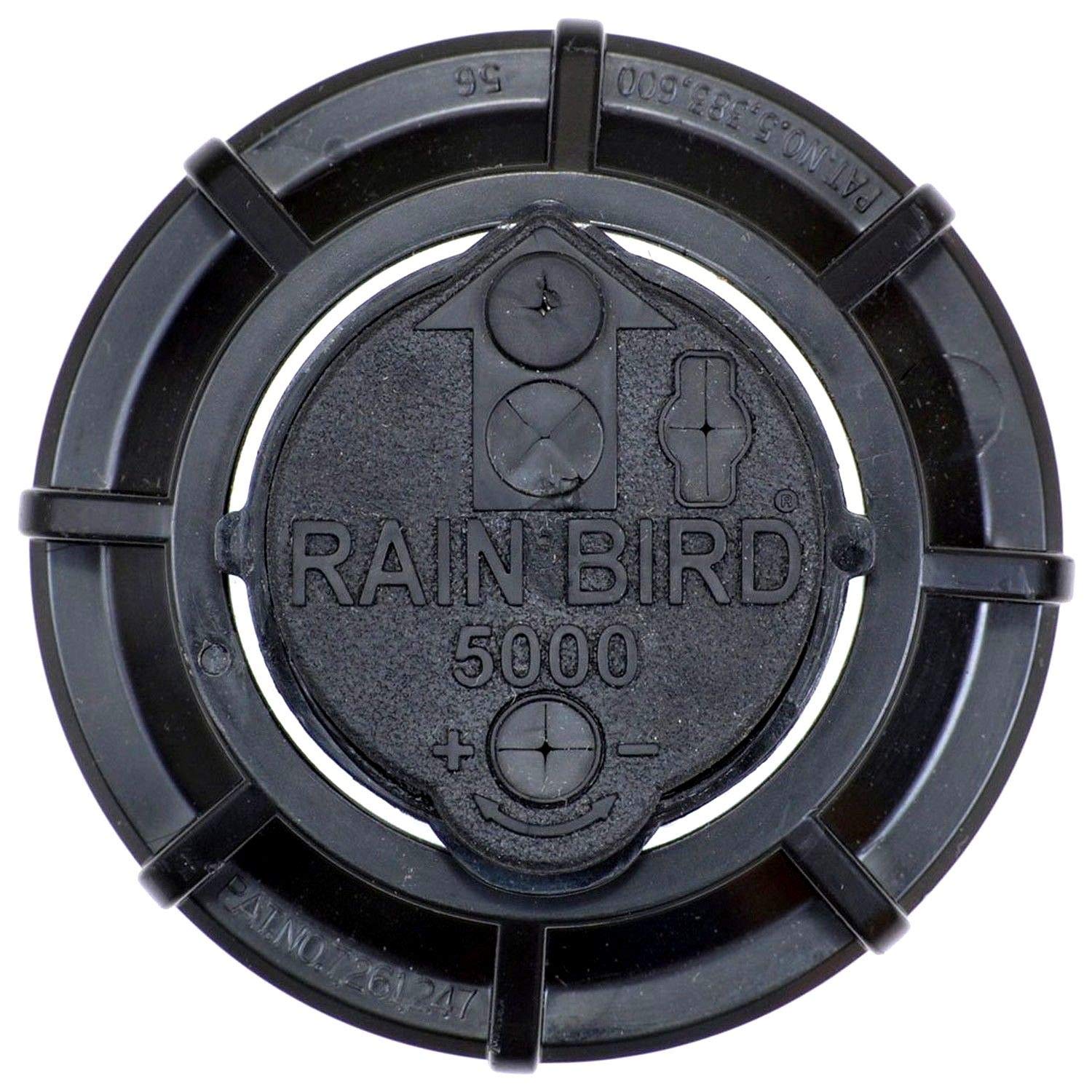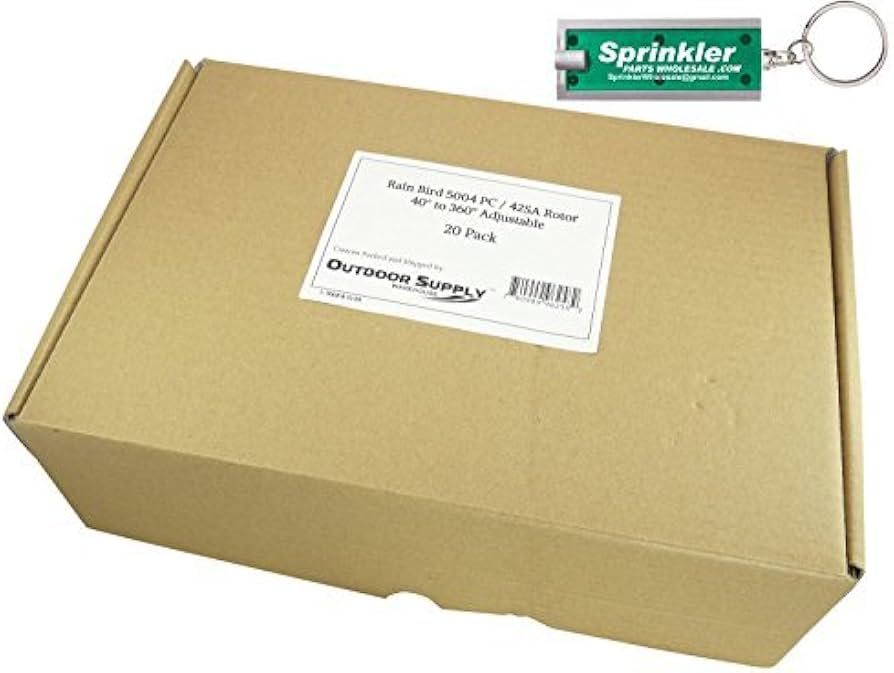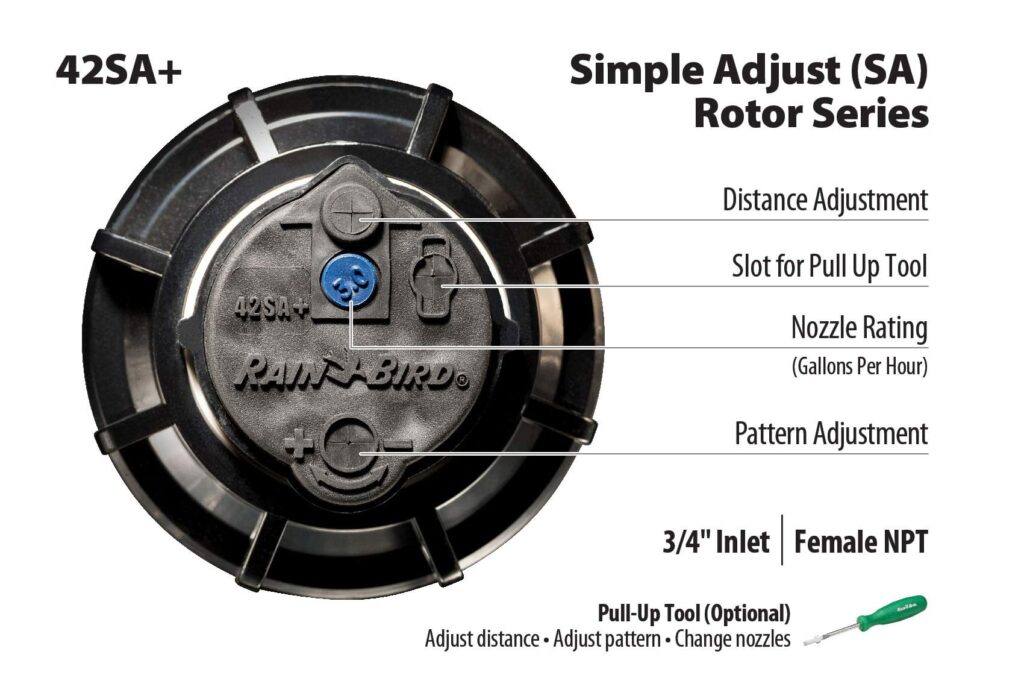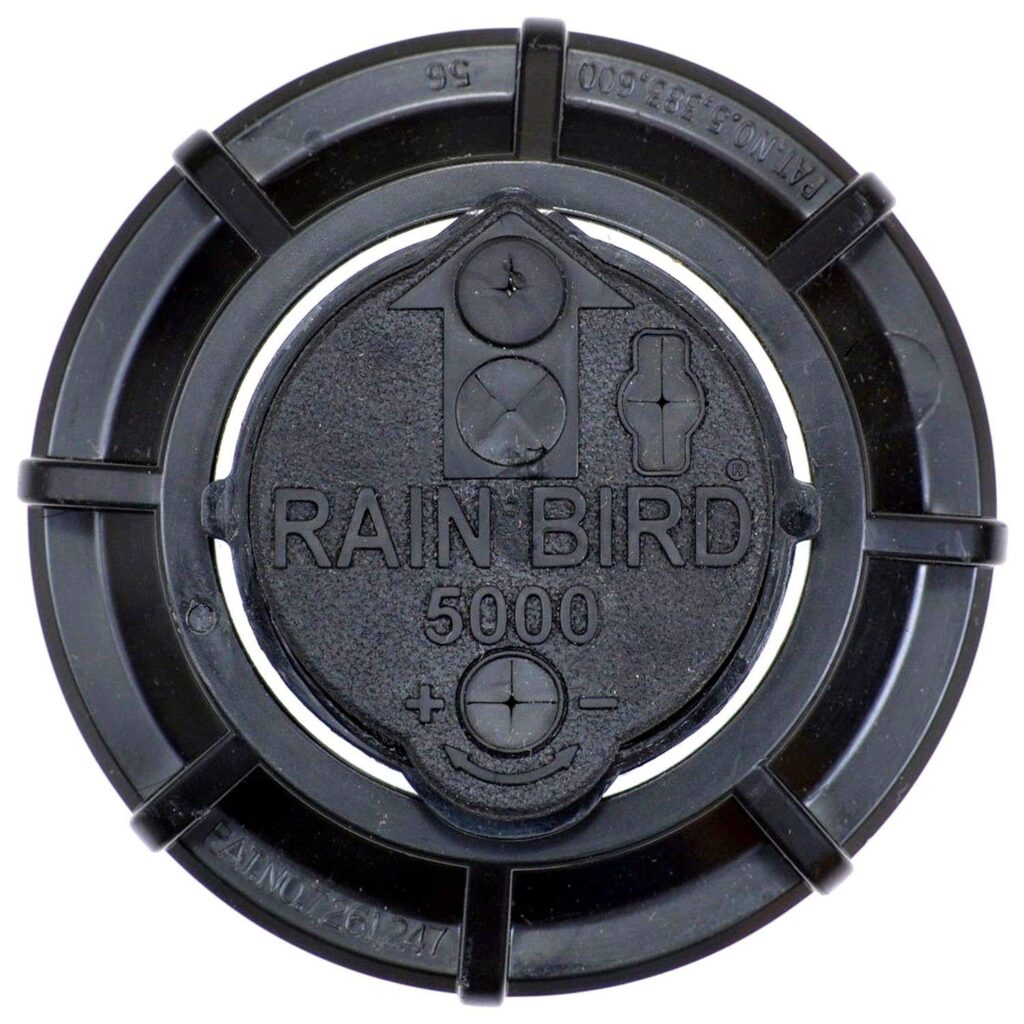In the realm of irrigation systems, Rain Bird has carved out a reputation for producing reliable and efficient sprinklers. Among their popular offerings are the Rain Bird 5000 and the Rain Bird 425A. Both products are designed to cater to a variety of watering needs, yet they come with unique features and specifications that set them apart. This article aims to offer a comprehensive comparison of these two models, providing insights into their functionalities, differences, and performance. Whether youre a homeowner looking to maintain a lush garden or a landscape professional seeking reliable equipment, understanding these products will help you make an informed choice.
Detailed Comparison Table
| Feature | Rain Bird 5000 | Rain Bird 425A |
|---|---|---|
| Image |  |
 |
| Spray Radius | 25-50 feet | 22-45 feet |
| Arc Adjustment | 40° to 360° | 40° to 360° |
| Pressure Range | 25-65 psi | 15-70 psi |
| Nozzle Options | Multiple, including MPR nozzles | Standard nozzles |
| Material | Durable plastic and stainless steel | Plastic |
Informative Explanation of Features and Specifications of Both Products
Rain Bird 5000
The Rain Bird 5000 series is renowned for its versatility and efficiency, making it a popular choice for medium to large landscapes. This model boasts a spray radius of 25 to 50 feet, allowing it to cover extensive areas with ease. The arc adjustment feature is highly flexible, offering a range from 40° to a full 360°, which ensures precise watering tailored to specific landscape shapes. The pressure range for the 5000 series is between 25 to 65 psi, which is optimal for consistent performance in various water pressure conditions. Additionally, the 5000 series comes with multiple nozzle options, including MPR (Matched Precipitation Rate) nozzles, providing uniform water distribution. The construction of this model involves durable plastic and stainless steel, enhancing its longevity and resistance to environmental wear and tear.
Rain Bird 425A
The Rain Bird 425A is designed for smaller to medium-sized areas, with a spray radius of 22 to 45 feet. This model also features an adjustable arc from 40° to 360°, allowing for tailored watering patterns. The 425A boasts a wider pressure range of 15 to 70 psi, making it suitable for a variety of irrigation systems. While it does not offer the same variety of nozzle options as the 5000 series, it comes equipped with standard nozzles that provide adequate coverage for its intended use. The 425A is constructed predominantly from plastic, which, while less robust than the stainless steel components found in the 5000, still offers considerable durability for residential use.
Differences Between Products
The Rain Bird 5000 and 425A differ primarily in their intended applications and build quality. The 5000 series is better suited for larger landscapes due to its extended spray radius and variety of nozzle options, which allow for more precise and efficient watering. The inclusion of stainless steel in its construction also makes it a more durable option, particularly in challenging environmental conditions.
In contrast, the 425A is designed for smaller areas, offering a slightly smaller spray radius and fewer nozzle options, which simplifies its use but limits its versatility. Its wider pressure range allows it to function effectively in systems with varying pressure levels, making it a more adaptable choice for residential environments.
While both models offer adjustable arcs, the material composition and nozzle variety present significant points of differentiation, influencing their suitability for different irrigation needs.
Pros and Cons Section
Rain Bird 5000

Pros:
– Extensive spray radius, suitable for large areas.
– Multiple nozzle options for versatile watering patterns.
– Durable construction with stainless steel components.
– Precise arc adjustment from 40° to 360°.
Cons:
– Higher price point.
– May be overkill for smaller residential areas.
Rain Bird 425A

Pros:
– Suitable for small to medium-sized areas.
– Wide pressure range for varied irrigation systems.
– Economical choice for residential use.
– Easy to install and adjust.
Cons:
– Limited nozzle options.
– Plastic construction may be less durable.
Performance Evaluation and User Experience
Both the Rain Bird 5000 and 425A models have garnered positive feedback from users, though their performance is tailored to different needs. The 5000 series is often praised for its robust build and the ability to cover large areas with uniform water distribution. Users appreciate the range of nozzles, which allow for precise adjustments to meet specific landscape requirements. The durable construction is another highlight, with many users noting the longevity of the 5000 series, even in harsh weather conditions.
On the other hand, the 425A is favored for its simplicity and effectiveness in smaller settings. Users commend its ease of installation and adjustment, making it a convenient choice for residential gardens and small lawns. The wider pressure range is also a noted advantage, allowing users to integrate the 425A into various irrigation systems without performance issues. However, some users have mentioned that the plastic construction, while adequate, does not offer the same level of durability as the 5000 series.
Final Recommendation and Conclusion
In conclusion, both the Rain Bird 5000 and 425A models offer reliable performance, but their suitability depends on specific irrigation needs. For those managing larger landscapes or requiring a more robust system with flexible watering options, the Rain Bird 5000 is the superior choice. Its durability and range of features justify its higher price point, offering long-term value and efficiency.
Alternatively, the Rain Bird 425A is ideal for smaller, residential areas. Its straightforward design and adaptability to different pressure systems make it a practical and economical option for homeowners. While it may lack some of the advanced features of the 5000 series, it effectively fulfills its intended purpose.
Ultimately, the choice between these two models should be guided by the specific requirements of your landscape and your budget. Both models uphold Rain Birds reputation for quality, ensuring that either choice will deliver dependable irrigation performance.


